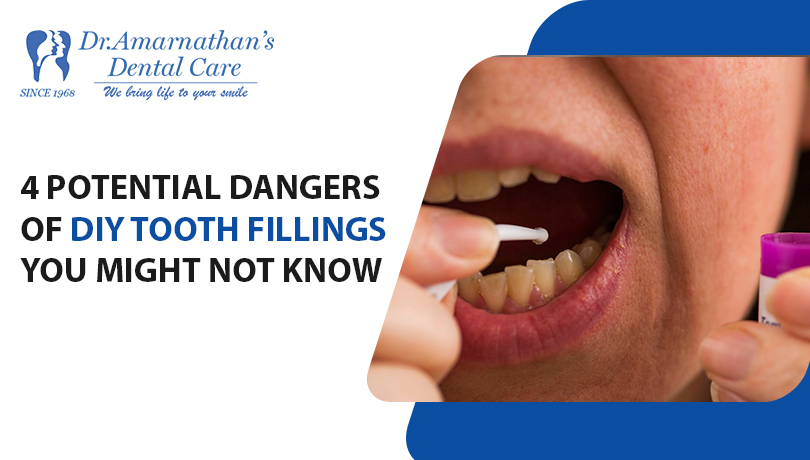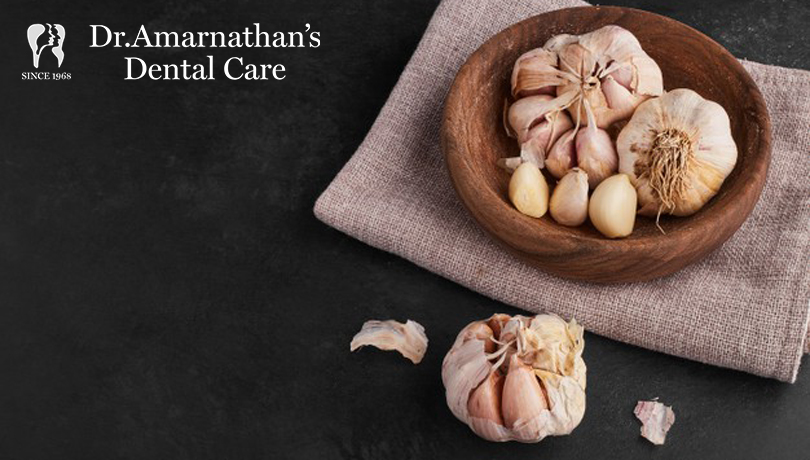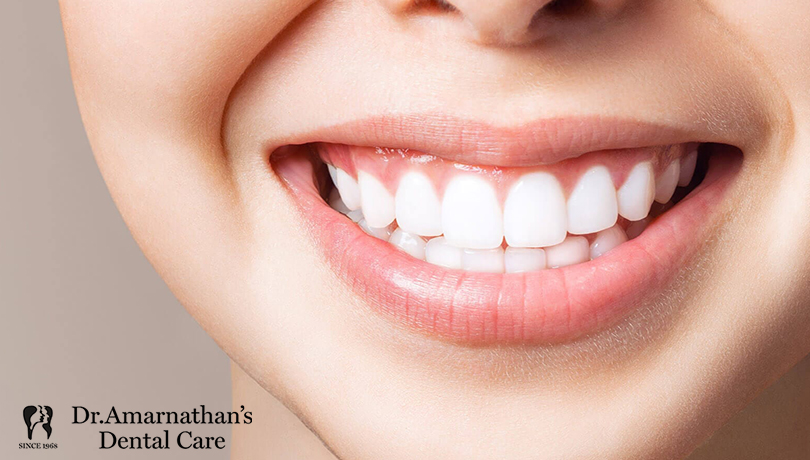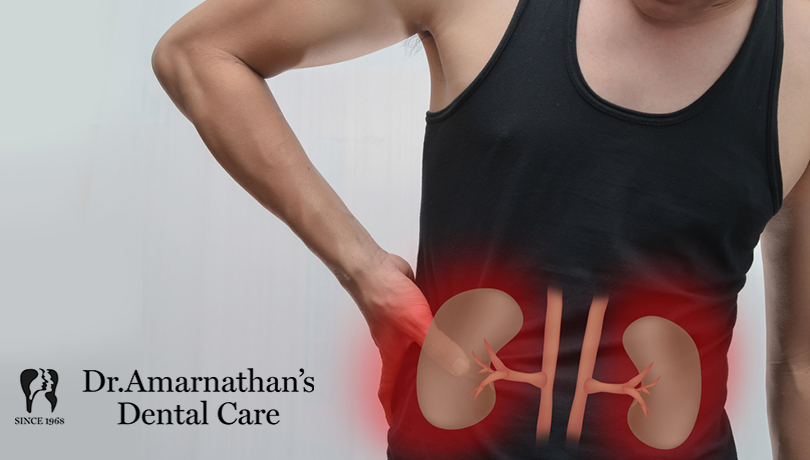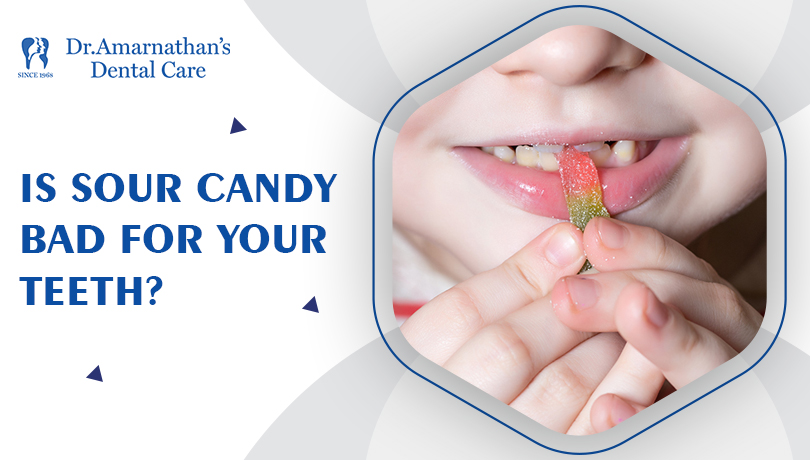
Types of human teeth and their functions
The human mouth is an intricate part that performs a variety of activities, including communication, food consumption, and how we look. One of its most important parts is the tooth structure, which includes 32 permanent teeth and 20 deciduous teeth. Each tooth plays a specialized role in the mastication process and has distinct shapes that allow it to perform efficiently.
Understanding the various kinds of human teeth and their functions is vital for maintaining good oral health. The many varieties of human teeth and their functions can highlight the need for excellent oral hygiene and dental care. In this blog, we’ll look at the kinds of human teeth and how they contribute to a healthy mouth and general well-being.
Types of human teeth and their functions
Human teeth vary in shape and function, reflecting their involvement in biting, eating, and grinding food. Each type of tooth is uniquely designed to accomplish distinct functions, making them together effective in assisting digestion and preserving oral health. Here are the types of human teeth:
Incisors
The frontmost teeth in the human mouth are the incisors, which are essential for biting and cutting food
Characteristics
Location: Incisors are found at the front of the mouth, with four on top (maxillary incisors) and four on bottom (mandibular incisors).
Shape: They are flat and narrow, with a sharp, straight edge like a chisel. This design makes them ideal for slicing meals.
Size: Incisors are smaller and thinner than other teeth, which allows for more accurate cutting.
Types of Incisors
The upper and lower jaws each have two kinds of incisors:
Central Incisors: These are the two middle teeth in both the upper and lower jaw. They are typically bigger than the lateral incisors and are the most noticeable teeth when we smile.
Lateral Incisors: These are placed around the central incisors. They are somewhat smaller and thinner but have the same chisel-like form.
Functions
Cutting and slicing: The major purpose of the incisors is to cut and slice food into smaller, more manageable bits, making it simpler to chew and digest.
Aesthetic role: Incisors have a tremendous impact on our looks and smiles. Their form and alignment can significantly impact face attractiveness.
Speech: Incisors also improve in the articulation of specific sounds, which contributes to clear speech. They help in pronouncing consonants like “t” and “d.”
2. Canines
Canines, often called cuspids or eyeteeth, are among the most visible and important teeth in the human mouth. These teeth are built for tearing and keeping food, and they play an important part in the general operation of oral architecture. Here’s a closer look at the qualities and importance of canines.
Characteristics
Location: Canines are found adjacent to the lateral incisors, one on either side of the upper (maxillary) and lower (mandibular) jaws.
Number: Humans have four canines in total: two in the upper and two in the lower jaws.
Shape: The canines are sharp and significantly longer than the other teeth. They are easily identified by their single, conspicuous cusp (pointed tip).
Size: Canines are strong and have the longest roots of any tooth in the human mouth, giving both strength and stability.
Functions
Tearing and gripping: Canines’ principal purpose is to shred and grab food. Their pointed design enables them to puncture and grip food, particularly meat and other tough materials.
Guiding teeth: Canines play a key function in tooth alignment and occlusion. During eating and biting, they guide the other teeth into the right place, maintaining a healthy bite.
Aesthetic role: Canines help to shape and define the lips and grin naturally. Their prominent location and distinctive form enhance face beauty and expressiveness.
Common Issues
Impaction: Canines, particularly higher ones, can become impacted, which means they do not fully erupt into the mouth. Orthodontic therapy may be necessary to rectify this issue.
Wear and Tear: Canines, due to their pointed form and important role in shredding food, can wear out over time. Regular dental check-ups can help control and reduce this wear.
3. Premolars:
Premolars, also known as bicuspids, are transitional teeth that sit between the canines and molars. They are essential to the chewing and digestion of food. Here’s a closer look at the features and functions of premolars.
Characteristics
Location: Premolars are found between the canines and molars in both the upper and lower jaws.
Number: Humans normally have eight premolars: four in the upper jaw (two on each side) and four in the lower jaw.
Shape: Premolars have a distinctive shape with two pointed cusps (bicuspid meaning “two cusps”). The sharpness of the cusps varies according to their function.
Size: Premolars are smaller than molars but larger than canines, with characteristics of both.
Functions
Transitional role: Premolars act as a bridge between the ripping function of canines and the grinding function of molars. They assist in breaking down food into tiny bits, making it simpler to chew and digest.
Chewing and grinding: Premolars’ dual-cusp shape helps them to crush and ground food, a key stage in the digestive process. This function facilitates the complete breakdown of food, resulting in improved digestion.
Maintaining occlusion: Premolars aid in maintaining good tooth alignment and occlusion (the way upper and lower teeth meet), which contributes to overall dental health and function.
Different types of premolars
Each quadrant of the mouth has two types of premolars:
First Premolars: Located just behind the canines. They feature a more prominent and sharper cusp shape than the second premolars.
Second Premolars: Located behind the first premolars and in front of the molars. They usually have a somewhat flatter surface and focus more on grinding than ripping.
Common Issues
Cavities: Premolars can develop cavities due to their placement and structure. Regular dental hygiene and checkups are essential for prevention.
Cracks and fractures: Premolars can crack or fracture, particularly if subjected to extreme pressure or stress. Dental procedures such as tooth fillings or crowns may be required to correct the damage.
Alignment Issues: Premolar misalignment might influence the whole bite and occlusion. These abnormalities can be corrected with orthodontic treatments such as braces or clear aligners.
4. Molars
Molars are the human mouth’s biggest and strongest teeth, meant to ground and break food into smaller, more edible bits. They are essential for optimal digestion and general dental health. Here’s a thorough look at the properties and functions of molars.
Characteristics
Location: Molars are positioned in the rear of the mouth, behind the premolar teeth. Each quadrant of the mouth has three sets of molars: first, second, and third molars (wisdom teeth).
Number: Adults normally have 12 molars in total, six in the upper and six in the lower jaws. This includes the third molars, often known as wisdom teeth, which some people may have extracted.
Shape: Molars feature a wide, flat surface with several cusps (raised points), making them perfect for grinding food. The number and layout of cusps may vary.
Size: Molars are the biggest teeth in the mouth, with a vast surface area that helps to crush food effectively.
Types of Molars
First molars: These are the first permanent molars that emerge, often around age six. They are placed just behind the second premolar teeth.
Second molars: These usually appear at age 12 and are placed behind the primary molars.
Third molars (wisdom teeth): These are the last molars to emerge, typically in late adolescence or early adulthood. Wisdom teeth can occasionally cause overcrowding or impaction, necessitating extraction.
Functions
Grinding and chewing: The main function of molars is to grind and chew food. Their wide, flat surfaces with many cusps are ideal for breaking down food into smaller, more manageable pieces, which aids digestion.
Maintaining occlusion: Molars are crucial in maintaining good tooth alignment and occlusion (bite). They assist in distributing chewing forces uniformly across the mouth.
Supporting facial structure: Molars support the cheeks and jawbone, helping to keep the form and structure of the face and jaw consistent.
Common Issues
Cavity and Decay: Molars are prone to cavities due to their complex surfaces and grooves, which allow food particles to become stuck. Good dental hygiene habits are essential for prevention.
Cracks and fractures: Molars can crack or fracture as a result of the intense pressure they experience when chewing. Dental procedures such as fillings, crowns, and root canals may be required to repair and protect damaged molars.
Impacted wisdom teeth: Wisdom teeth can occasionally become impacted, which means they do not fully erupt from the gums. This can cause discomfort, infection, and alignment concerns, prompting their removal.
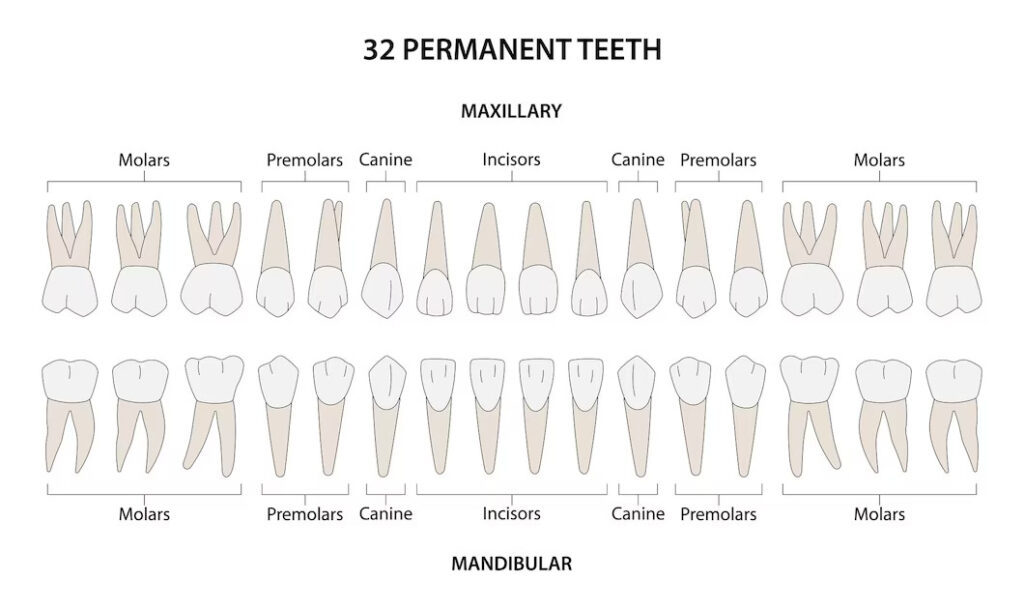
Dental Care Tips
Maintaining good oral health is essential for overall well-being. Here are some short dental care guidelines specific to each type of human teeth:
Incisors: Brush the front surfaces gently, floss between them, and schedule frequent dental visits.
Canines: Brush in vertical movements, floss properly, and have frequent check-ups.
Premolars: Clean the biting surfaces, utilize interdental brushes, and see your dentist for cleanings.
Molars: Scrub surfaces thoroughly, brush in circular movements, consider sealants, and have frequent check-ups.
By following these tips, you can keep your teeth shining and your smile dazzling.
Summary:
Recognizing the many types of human teeth and their roles is critical for keeping good oral health. Each tooth has a distinct purpose in the eating and digesting process, ranging from cutting and slicing to ripping, crushing, and grinding food. Follow specialized dental care ideas for each kind of tooth, such as common brushing, flossing, and dental check-ups, to preserve the lifespan and health of your teeth. Remember that a healthy smile not only reflects proper oral hygiene, but it is also an indicator of general well-being. So, take care of your teeth, and they will take care of you for many years.





